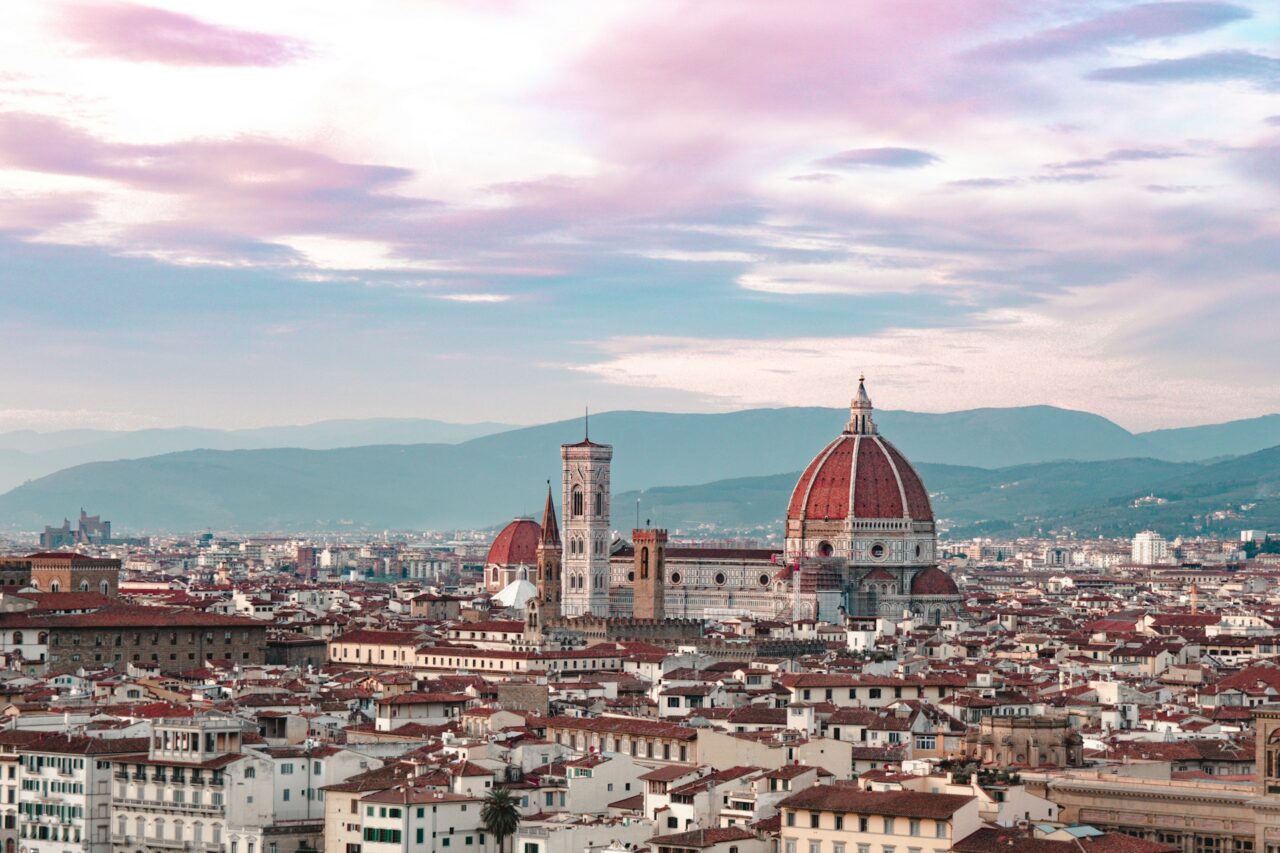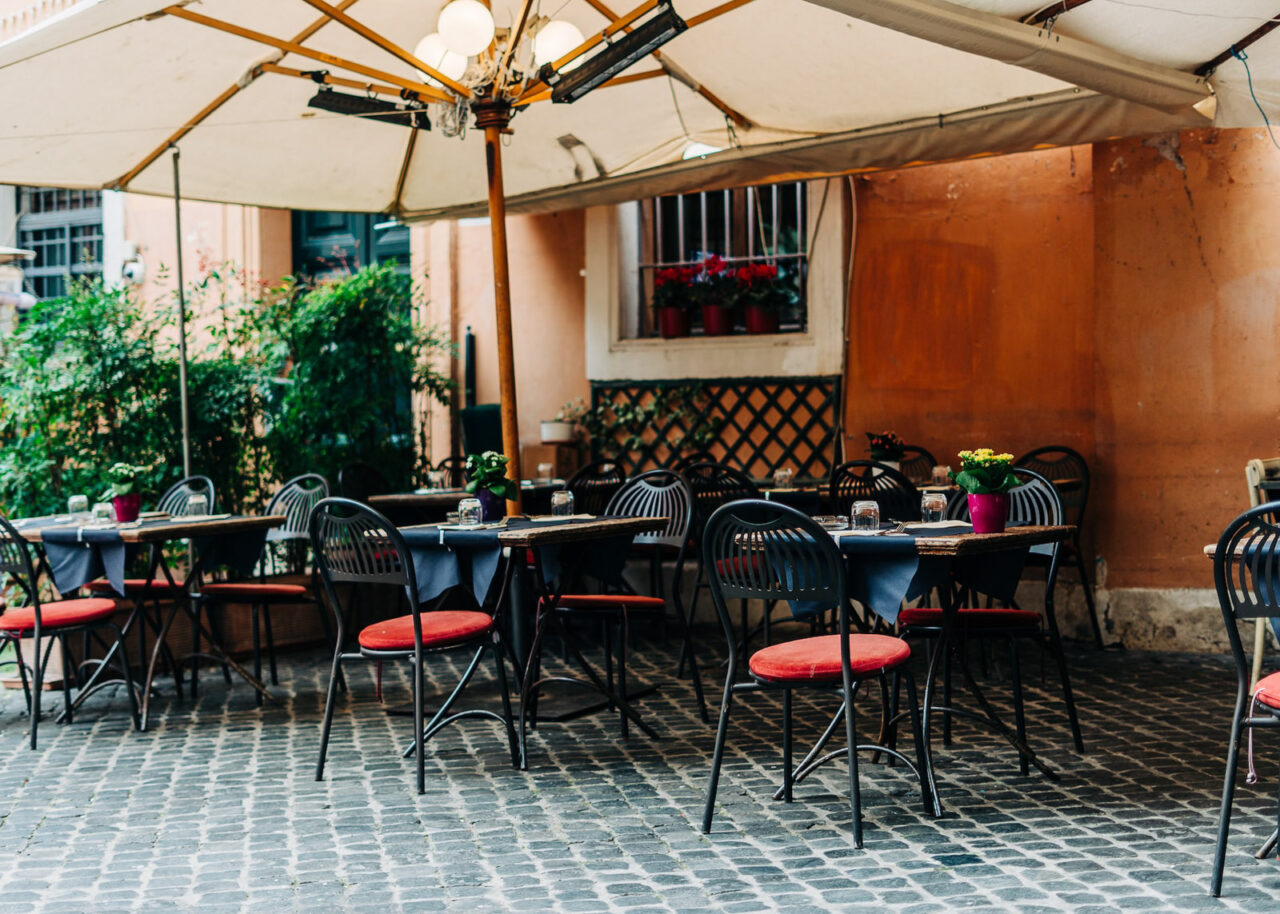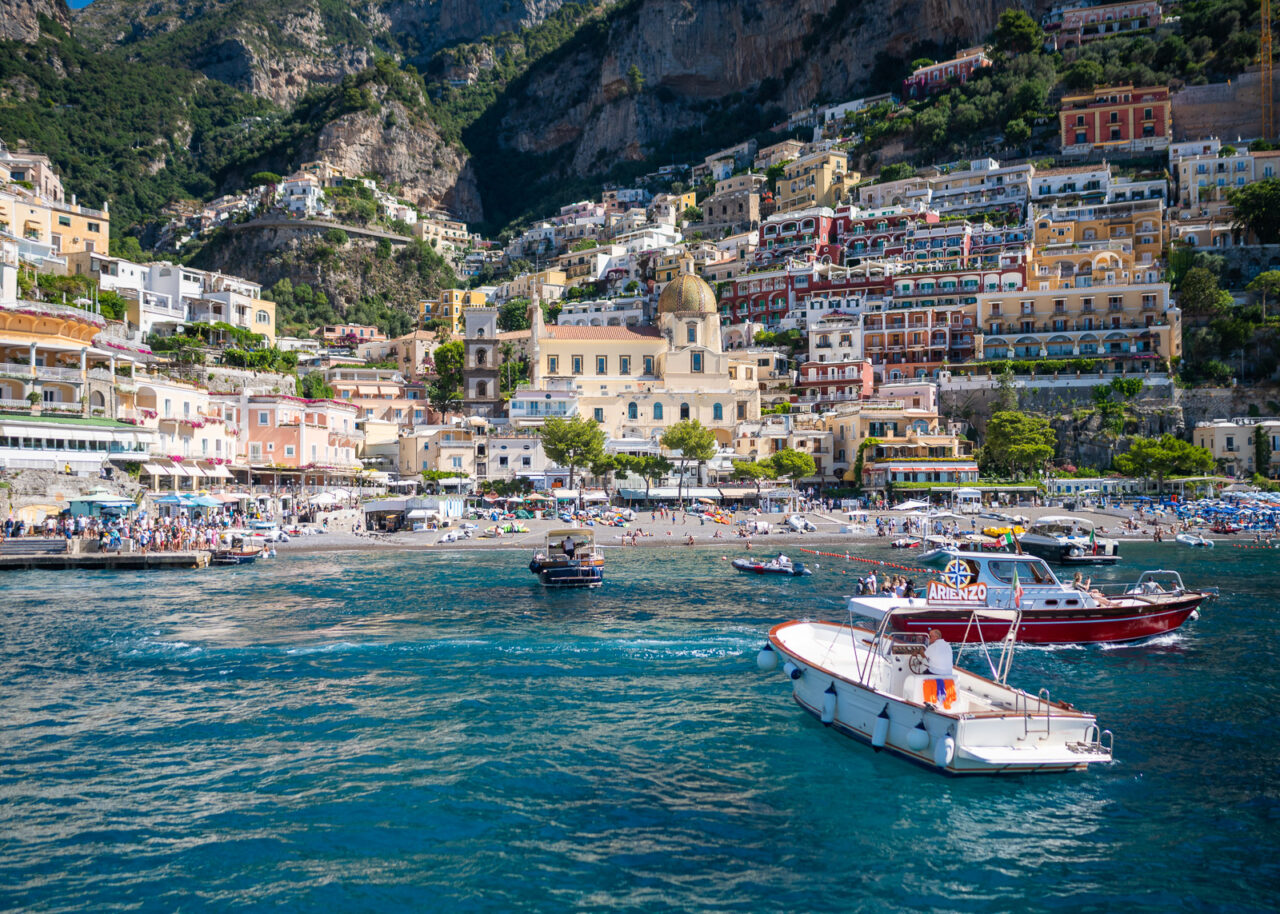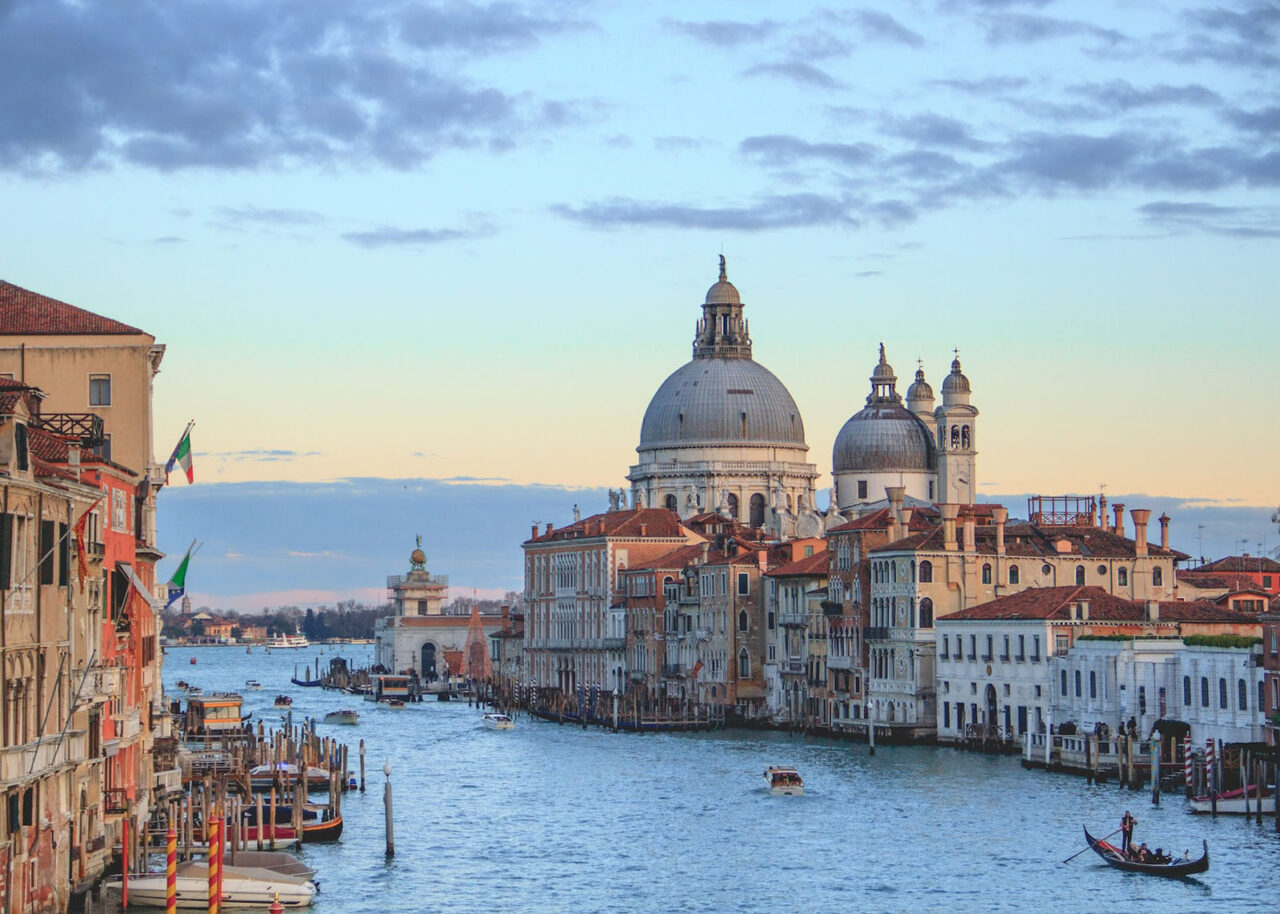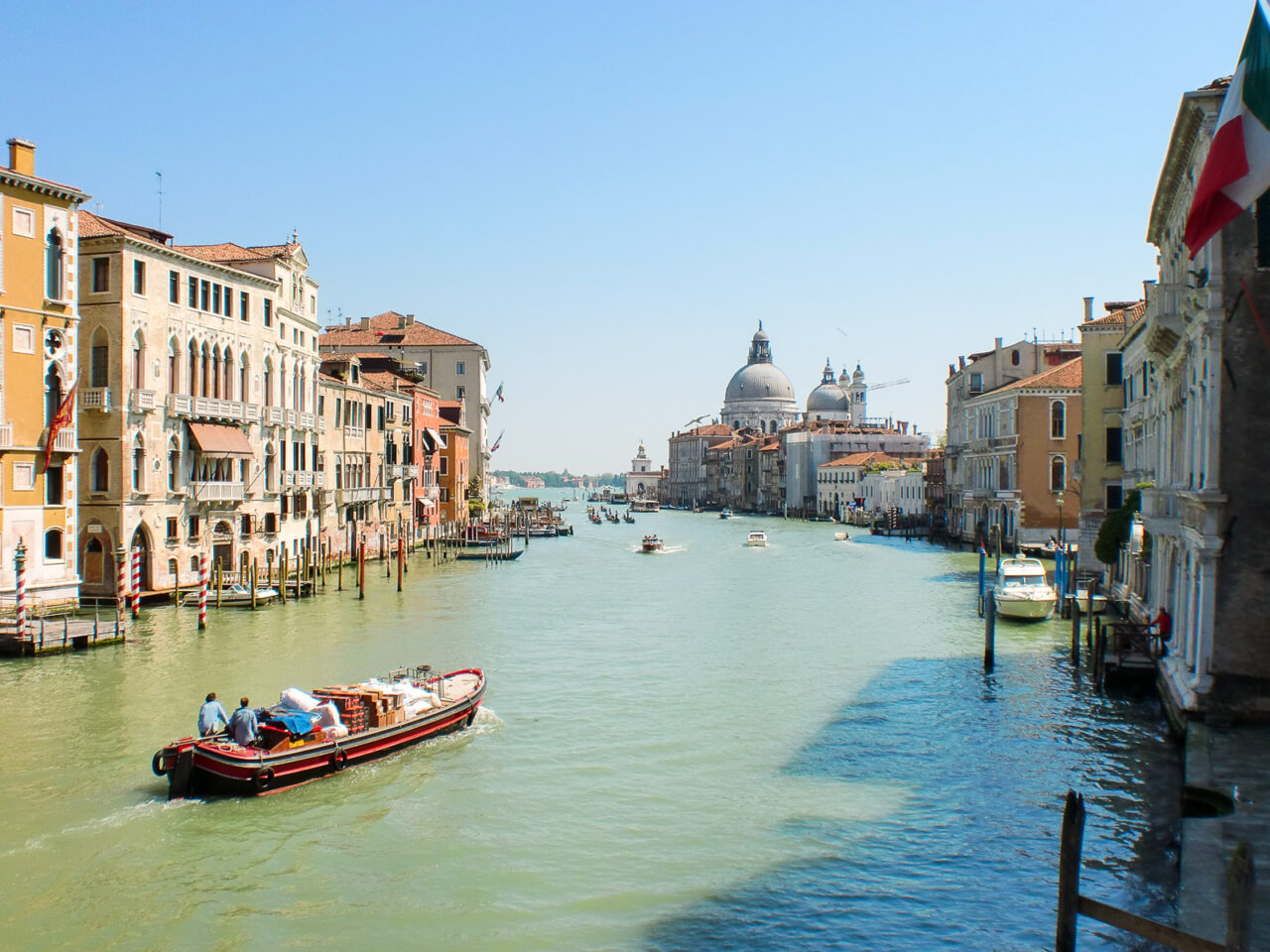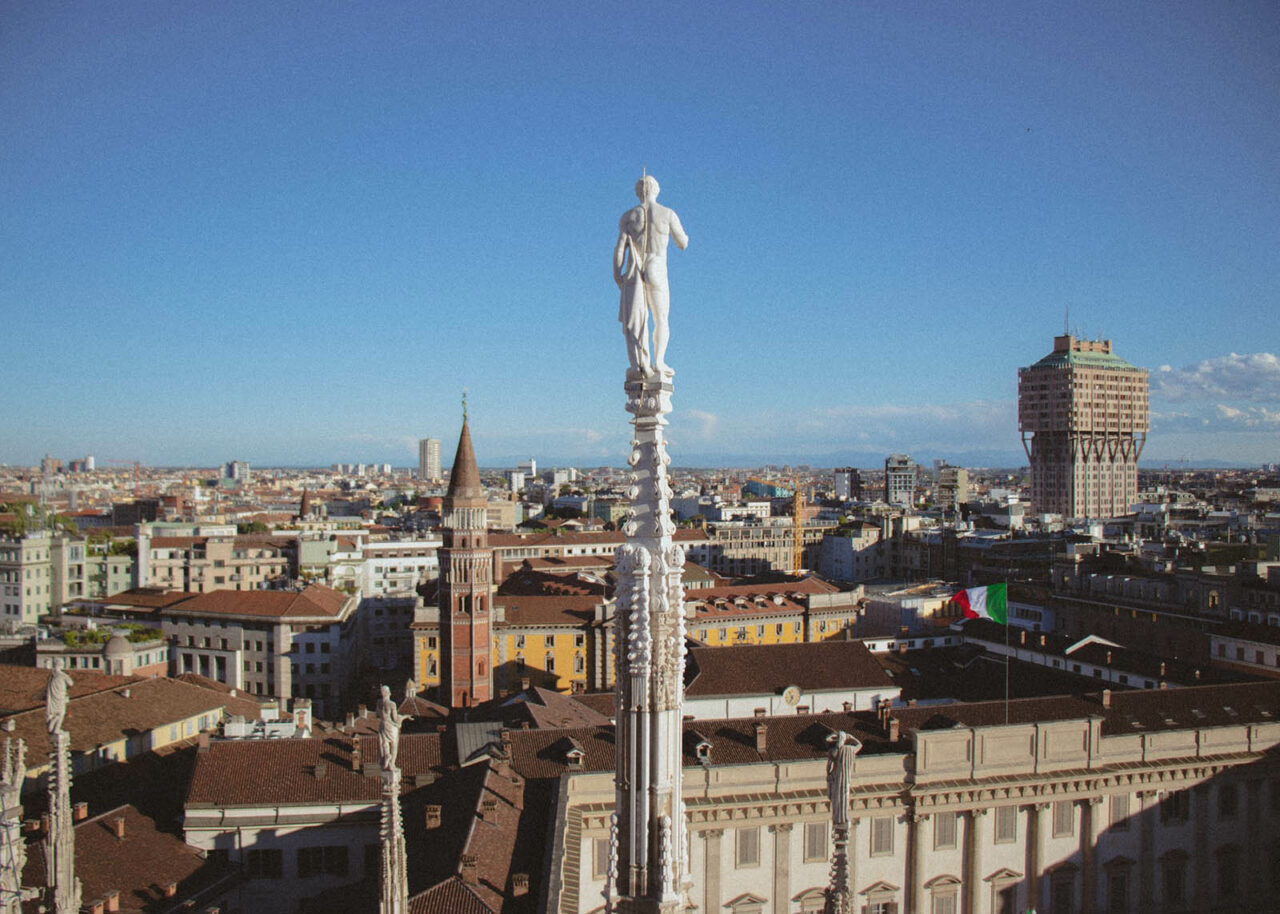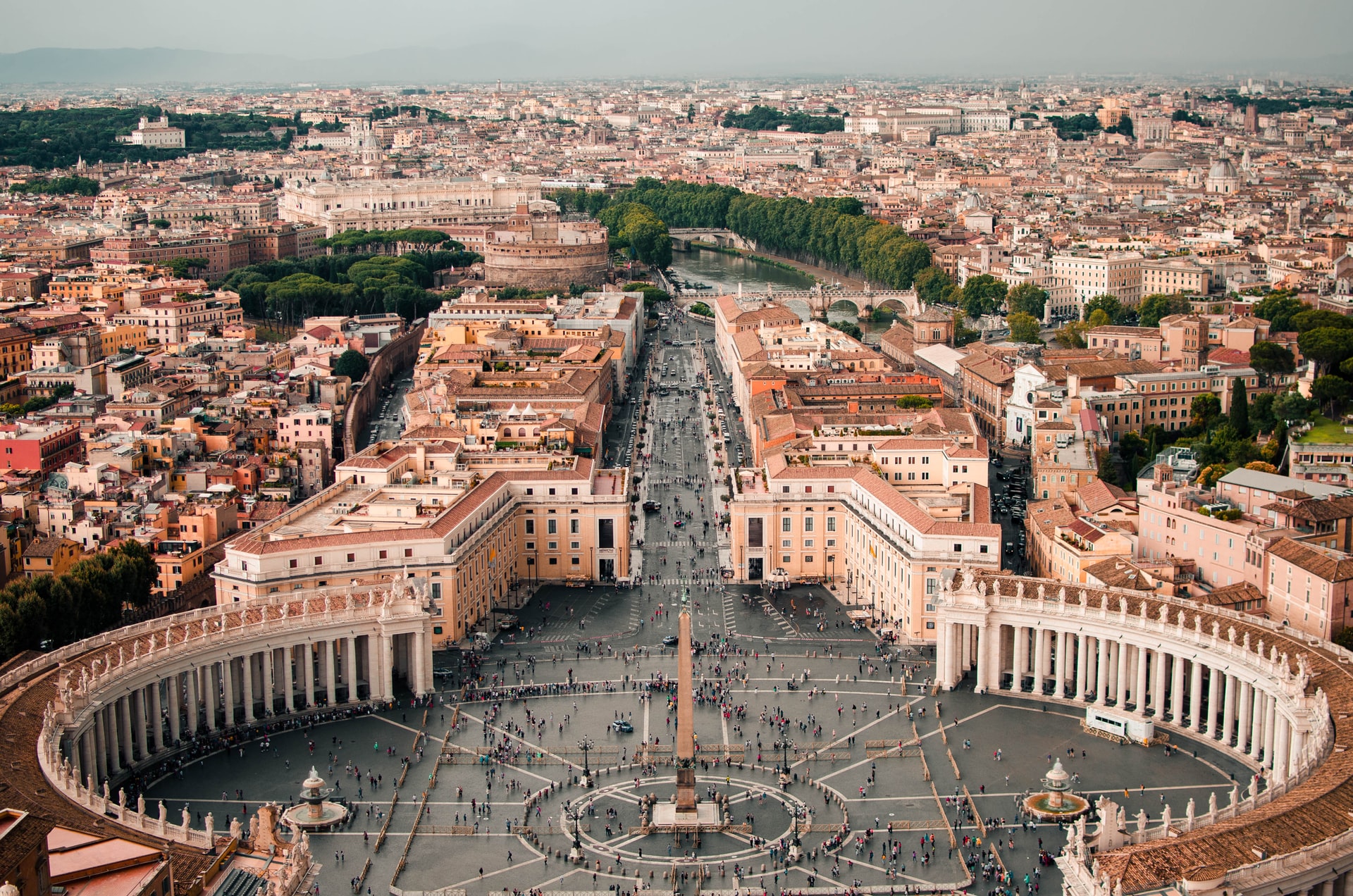
Italy Travel Guide
A Quick Intro to Italy
With magnificent architecture, a rich history and amazing food, Italy has to be up there as one of my favorite countries in Europe.
There’s nothing quite like taking a gondola ride down the Venice canals or gazing up at the ceiling of the Sistine Chapel. The country is home to so many iconic landmarks that you’ll be completely spoiled for choice.
Along with busy cities like Milan, Florence, Venice, Rome and Naples, Italy boasts a scenic coastline and beautiful countryside. Cinque Terre, Positano and Tuscany are just a few of my favorites!
Italy is also one of those places you can eat yourself into a food coma. Dishes are so simple yet so delicious, made with only the freshest and tastiest local produce. From pastas and pizzas to seafood dishes and gelato, there are so many tasty things to try.
You should definitely visit Italy at least once in your life, but there are so many things to see that will keep you going back again and again.
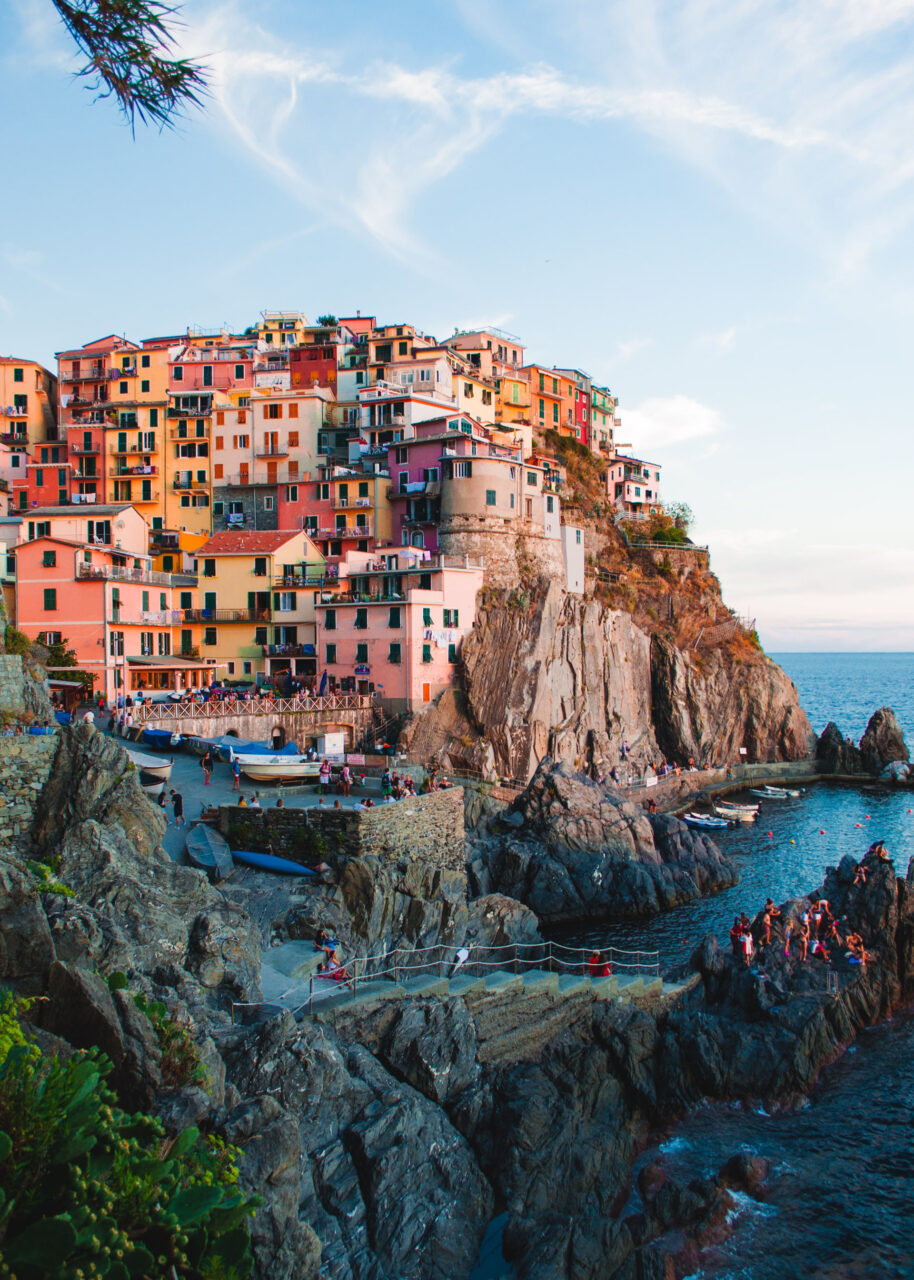
Quick Italy Tips
Language: Italian
Currency: The currency in Italy is the Euro
Plug sockets: Italy has three plug types – C, F and L. Any standard European plug or adapter with the two round prongs should work in Italy.
Credit Cards & ATMS: Credit cards are widely accepted in Italy. American Express is accepted in lots of places but not everywhere, so make sure you bring a Visa or Mastercard as well. Bring some cash though for tipping and for things like buying water or snacks in markets or smaller convenience stores.
Getting Around: The best way to get around Italy is by train. The country has an extensive train network with high-speed trains and also slower regional trains. You can purchase tickets on the Trenitalia website or Italiarail. If you’re planning to visit multiple countries in Europe, you may also want to consider a Eurail Pass.
Safety: Italy is quite safe to visit but you should watch out for pickpocketing, especially in major cities like Rome and Naples. Always make sure your bags are zipped up and I’d highly recommend using a sling bag so you can keep your belongings close to your chest and in-sight at all times.
Best Time to Visit Italy
The busiest time to visit Italy is June to September. During these months the weather is usually hot and sunny and kids are off school for the summer. Of course, it’s also the most expensive time to visit and the beach towns can get very crowded. The cities can get stifingly hot in July and August, so this is the most popular time for locals to flock to the beach.
If you want warm weather but slightly cheaper hotel costs, try visiting in the months of May and October, when things are little bit more affordable.
The quietest time of year to visit Italy is in winter from November/December to March. Winters in Italy are usually mild but temperatures can drop down to the 40s and 50s in Fahrenheit.
The weather can sometimes be rainy and parts of central and northern Italy experience snow, especially in the mountains.
The advantage of visiting in winter is that there are less crowds at the tourist sites and you’ll get much better prices on flights and hotels.

